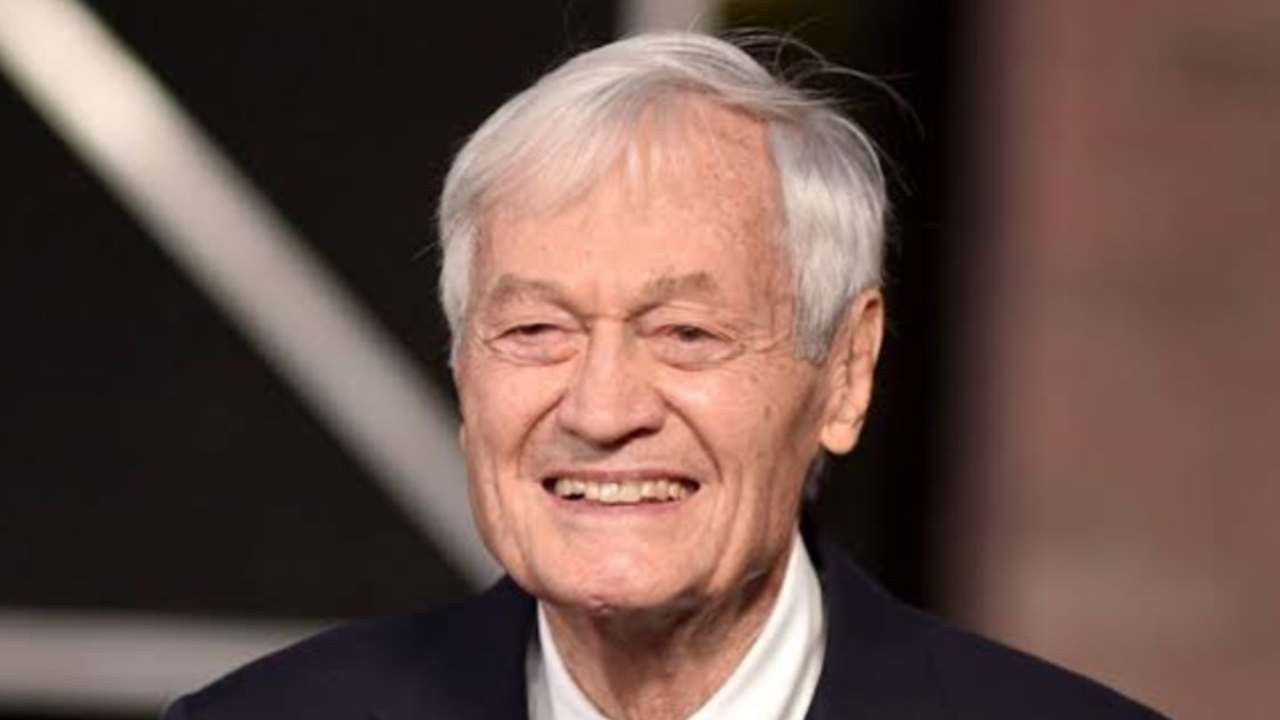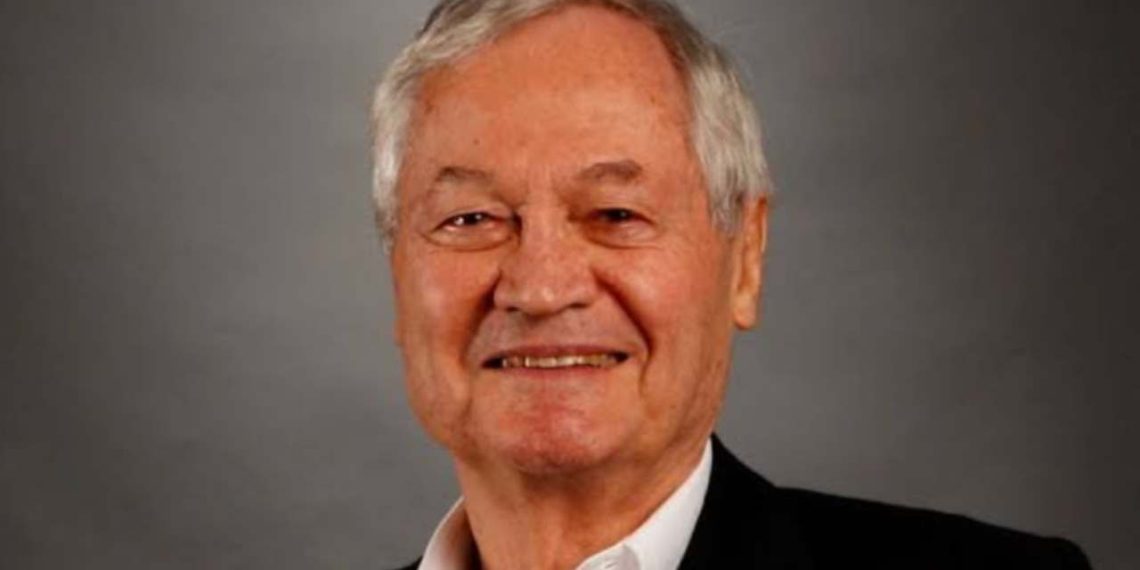Roger Corman passed away on Thursday at his residence in Santa Monica, California, as confirmed by a statement issued by his wife and daughters on Saturday.
Describing him as “generous, open-hearted, and kind to all those who knew him,” the statement reflected on Corman’s modest self-description:
“I was a filmmaker, just that.”
He was 98. Corman’s academic journey began at Stanford and Oxford Universities before he carved his path as the dean of grindhouse cinema.

In a 1990 interview, he recounted the genesis of his filmmaking career, starting with his debut film, “Monster from the Ocean Floor.” Inspired by a newspaper article in the early 1950s detailing a company’s invention of a miniature submarine, Corman started his cinematic odyssey.
More About Roger Corman
During his fifty-year career, Roger Corman populated America’s drive-ins with numerous low-budget films. From “Sharktopus” to “Teenage Doll” and “The Terror,” his movie titles captivated audiences, sometimes overshadowing the films themselves.
Yet, Corman’s influence extended far beyond B-movies. He played a pivotal role in shaping American independent cinema, fostering the talents of now-legendary directors and actors.
Icons such as Robert De Niro, Martin Scorsese, Jonathan Demme, and Francis Ford Coppola all honed their craft under Corman’s guidance, marking him as a key figure in cinematic history.
“I finished breakfast, called them up, said I was an independent filmmaker and would be interested in having their submarine in my picture,” he recalled.
Corman’s trademark was incorporating free items into his low-budget films, alongside featuring lesser-known starlets in skimpy outfits, all produced on shoestring budgets. His legendary thriftiness became synonymous with his filmmaking style.
Dick Miller acted in dozens of Corman films, including the 1955 Western Apache Woman.
“I played an Indian in my first picture and about halfway through [Corman] asked me … Would you like to play a cowboy?” Miller remembered in interview in 2004. “I said, Doing another movie already? He says, No, in the same movie. So I ended up playing a cowboy and an Indian in my first movie.”
Corman’s prolific output saw him releasing up to eight pictures annually, a pace that rivaled major studios.
In a playful stunt, he once borrowed a set for free and filmed a movie in just two days and one night. This hastily assembled production became the original black-and-white “Little Shop of Horrors.”
“Possibly the fast pace, the insane schedule, brought something to the picture that made it the more-or-less cult film it became,” Corman said.
Certainly, it was a bonus that the film showcased a young Jack Nicholson portraying a masochistic dental patient.
Nicholson was a recurring presence in numerous Corman productions, notably in a series of adaptations based on Edgar Allan Poe’s works, all starring Vincent Price.
However, Corman’s legacy primarily resided in his association with B-movies. Titles like “The Student Nurses” in 1970 (followed by several nurse-focused films), the 1966 biker gang movie “The Wild Angels,” and 1975’s “Death Race 2000” characterized his oeuvre.
“The drivers are scored not only on how fast they can drive, and how many other drivers they could hit, but also how many pedestrians they could kill,” Corman bragged.
“Now that was the key. The picture was the biggest success we had, ever, and it led to all kinds of jokes that entered our era.”
In 2009, Corman was honored with an Oscar for Lifetime Achievement, recognizing his contributions as a producer and director spanning over 300 films.
Notably, he nurtured the careers of talents like Ron Howard, John Sayles, Sylvester Stallone, and James Cameron.
“Probably all of his movies combined would not have cost as much as Avatar,” Cameron told in 2010.

Corman played a pivotal role in shaping James Cameron’s career, producing his first full-length feature, 1981’s “Piranha II: The Spawning.” Cameron credits Corman with teaching him a crucial lesson:
“Your will is the only thing that makes the difference in getting the job done.”
This philosophy instilled in Cameron the ability to improvise and maintain hope, shaping his approach to filmmaking.Corman’s filmography is a testament to his unique vision, featuring a surreal world of teenage cavemen, X-ray eyes, and humanoid creatures from the deep.
While many of his 300-plus movies may be considered campy, they have left an indelible mark on cinema.
Numerous respected directors in Hollywood have a Corman credit hidden in their resumes, underscoring his influence.
In 1964, Corman married Julie Halloran, a UCLA graduate who also became a producer. He is survived by his wife Julie and children Catherine, Roger, Brian, and Mary.





